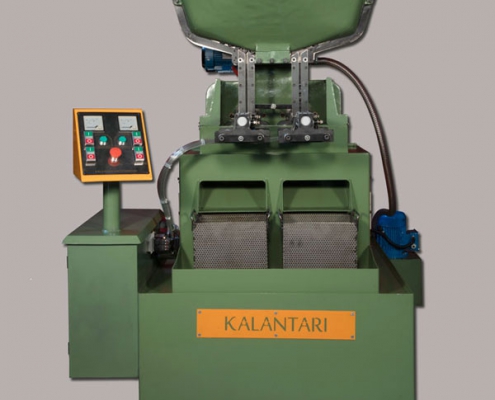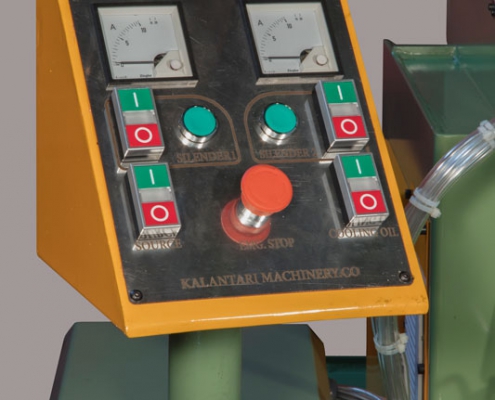The machine for making beads
Kalantari Machining has designed the The machine for making beads in such a way that the designs created on gold can be displayed beautifully and elegantly.
The machine for making beads
Tin and gold are industrial metals that are often found in alloys and are commonly used for plating iron and copper. Examples of objects containing these metals are shown in objects subjected to the spot test for gold and objects subjected to the spot test for tin sections.
The machine for making beads test
Both tests are based on the reducing power of tin in the +2 oxidation state (Sn2+ ions). In the spot test for gold, the gold ions are forced to dissolve in the solution and react with the Sn2+ ions, which turns the gold ions into a black precipitate of metallic gold. In the spot test for tin, Sn2+ ions are forced to dissolve in the solution and react with cacotheline, which turns purple when reduced by Sn2+ ions.
Spot testing is one of the simplest analytical techniques for metal detection. This note describes the method and equipment needed to detect gold or tin by spot tests. The first step is to test samples that contain gold or tin using electrolysis and spot testing. It is also used to verify the correctness of the test performance. Then we can test the unknown metals. For more information on these spot tests, see the Scientific Aspects of Gold and Tin Spot Tests section.
Calculation of the density of the machine for making beads
Note to calculate the density. To distinguish a platinum ring from a white gold ring, you must use an analytical balance. In addition to a readability of 0.1 mg to 0.01 mg, most analytical balances are capable of weighing an object suspended under the scale. Spot tests used for tin detection have a practical detection threshold of 10 µg/mass. Those used to detect gold are reliable for gold of 14 kT and higher purity, but give inconsistent results for gold alloys of 10 kT or lower purity. Gold-coated objects give only weak positive results or no color change, indicating that the base metal interferes with the electrolysis (Odegaard et al., 2005). This test leaves darker marks on 10 kt gold than on higher purity gold.
Gold alloy
Alloying gold with other metals changes the characteristic yellow color of pure gold. Copper adds a red color and silver a green-white color. Adding palladium or nickel to gold-copper or gold-silver alloys helps whiten the yellow color to produce white gold. (Note that this is the modern usage of the term “white gold”, which used to refer to alloys of gold and silver containing silver by volume). Made to replace platinum, white gold is often used in gold jewelry to complement the look of diamonds or to contrast the yellow colors of other gold alloys.



